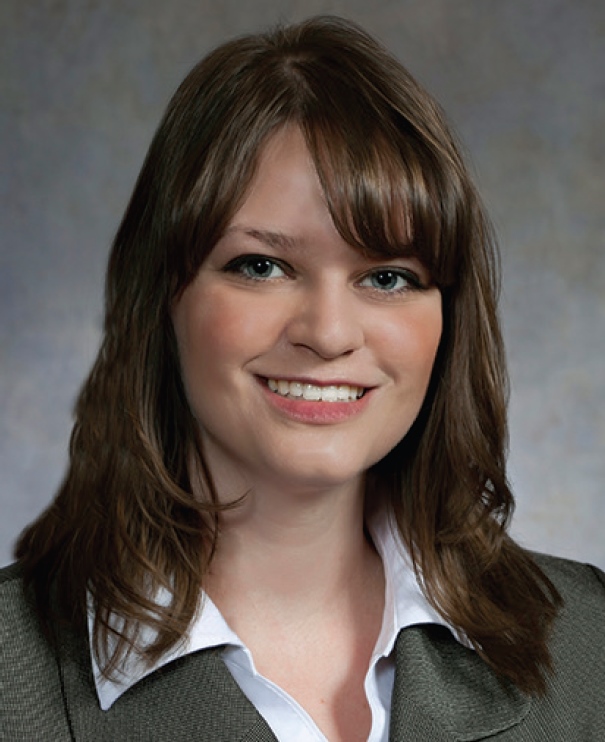Rep. Shankland: Statement on the 7th Anniversary of the Lilly Ledbetter Fair Pay Act
The median income of working women is just 78% of the income of working men.
MADISON – In celebration of the 7th anniversary of the Lilly Ledbetter Fair Pay Act, Rep. Katrina Shankland (D-Stevens Point) released the following statement today:
“The median income of working women is just 78% of the income of working men. But do women get to spend just 78% as much on their rent, student loans, and other bills? Of course not. The wage gap is a real thing that makes it harder for working women across the country to earn a good livelihood and support their families.
“While the Lilly Ledbetter Fair Pay Act was a great victory, there is much more work to be done to ensure equal pay for working women in Wisconsin. It’s time for the state legislature to restore the Equal Pay Act that Republican legislators repealed in 2012. Closing the wage gap would boost our economy and strengthen economic security for Wisconsin’s working families.”
NOTE: This press release was submitted to Urban Milwaukee and was not written by an Urban Milwaukee writer. While it is believed to be reliable, Urban Milwaukee does not guarantee its accuracy or completeness.























One can only hope that Representative Shankland realizes that this “inequality” is by and large NOT the case when comparing the pay of men and women in the same jobs when they have equivalent qualifications and experience.
I began following this subject in the early 1980s when asked to research and write a comprehensive briefing on pay equity for dissemination to compensation consultants. Since then, for Rep Shankland’s whole life, superficial statistics like the one served up here have been bandied about, usually simply as sound bites rather than by explaining the context. Fortunately, although such references remind all employers to keep their eyes on the ball in terms of illegal pay discrimination, they don’t tell the real story about the apples-to-apples pay levels comparisons of women and men.
If Rep Shankland knows of organizations where women are systematically underpaid relative to comparable male jobholders (whether due to policy or lax administration of compensation) she should encourage those women to seek remedies through the employer, using the courts if necessary.
Wait are you saying that there is no wage gap when we compare men and women with similar qualifications and experience? Because that is not true. One recent study states that 60% of women would qualify for a raise if they were paid the same as their male counterpart with similar qualifications. http://fortune.com/2015/09/22/americas-gender-pay-gap-is-at-a-record-low-but-hold-the-celebration/
Vincent Hanna, I read the methodology on that study and I’m not convinced that a gender pay gap is really as dire as some people try to portray. That study you’re referring to does say 60% of women would see a pay increase based on what the study’s authors call “qualifications.” You have to keep in mind 2 things though.
First, their definition of qualifications is education level and age. They use age as a qualifier because they didn’t have good data on actual work experience. They admit that this over states women’s work experience and thus over estimates their qualifications compared to men of the same age.
Second, keep in mind that 40 percent would see the same or lower pay under their methodology because they are using the “unexplained” differences in pay. This doesn’t mean there’s a gender based pay gap, just that there is an unexplained pay gap. That unexplained pay gap exists the other way around as well, but they just ignore it and keep the woman’s pay the same if they found it higher than a mans.
Basically, all I’m saying is that we’re really looking at 10% of women who have an unexplained pay gap. Some of this may be gender based, but how much we can’t actually say. Even if it’s half of those women… it means we’re seeing an actual gender based pay gap of 5% of women… I’d love to see zero, but just want to add some more context to this discussion.
10% of women is millions of women (and your guess could easily be way off). Let’s not pretend that’s nothing to worry about or make note of. Plus I love how you question the methodology and figures and then totally pull your own right out of your a$%. Nicely done.
Also that study was merely one of many studies or stories I found making the same or very similar arguments.
“Female graduates earn less than males – even if they studied the same subject.” http://www.theguardian.com/careers/careers-blog/graduate-gender-pay-gap-university-subject
“High-achieving women are paid less than men even when they have similar levels of experience and are in the same fields, according to new Bloomberg Businessweek data.” http://www.bloomberg.com/bw/articles/2014-11-14/women-make-less-than-men-even-when-they-are-equally-qualified-mbas
“The pay gap exists even when male and female workers have the same job with the same qualifications.” http://money.cnn.com/2015/11/09/news/economy/male-female-pay-gap-payscale/
Well I wasn’t speaking in terms of concrete numbers, I was just breaking down the issue with their line of thinking. It is prevalent in a lot of the studies of gender and pay gaps. There is just too much assumption going on. For example, why do men get paid more in roles where the jobs are on a pay schedule that is part of collective bargaining agreement? For example, teachers. That system inherently has no bias what so ever, yet men still out-earn women.
Fair enough AG. My intent is to show that it is simply not true that no wage gap exists when qualifications and experience are considered. One could say that too much assumption applies to everything, but that doesn’t mean this isn’t a problem.